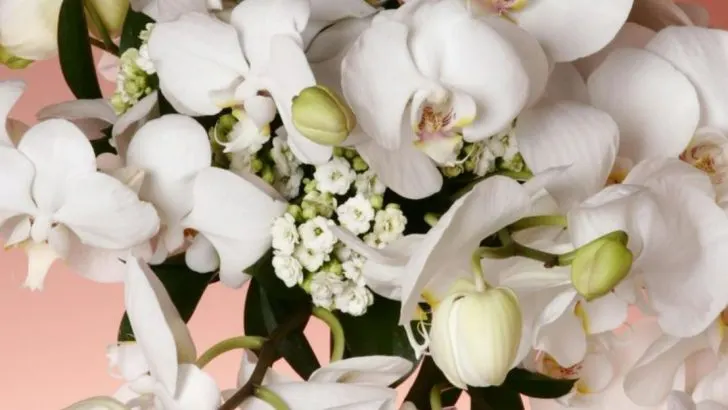Some plants practically grow themselves—while others laugh at your best efforts. On one side, you have the garden’s MVPs: hearty heroes that shrug off neglect, pests, and surprise freezes. They pop up in a flash, flood your beds with greenery, and barely blink at drought. On the flip side are the divas: temperamental blooms that demand perfect soil, precise pruning, and a personal rain cloud on standby. One wrong move and they sulk, sulk, sulk—or stage a total meltdown. This is your ultimate showdown: eight green gladiators you can plant with confidence… …and eight prima donnas you’ll want to tackle only if you’re ready for a challenge. Ready to meet your garden’s easiest overachievers and its most dramatic drama queens? Scroll down and choose your plant-side carefully.
Basil
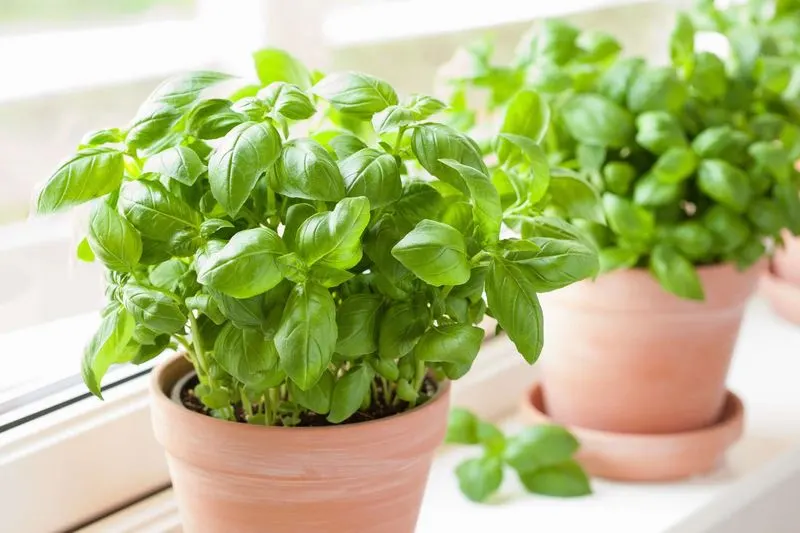
Imagine the scent of fresh basil wafting through your kitchen. This aromatic herb is not only a culinary delight but incredibly easy to grow. Its adaptability to various environments, from pots to garden beds, makes it a favorite.
With just a sunny spot and regular watering, basil will flourish, providing fresh leaves for your recipes. Its growth rate is astonishing, often surprising even novice gardeners. As an annual herb, basil completes its lifecycle in one season, making it perfect for beginners eager to see quick results.
Fun Fact: Basil was once used in embalming in ancient Egypt!
Spider Plant
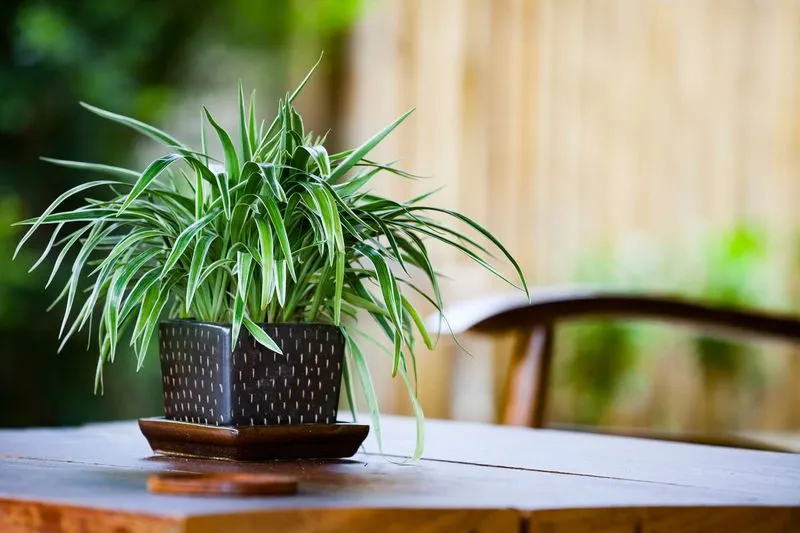
The spider plant, known for its quirky appearance, is a resilient indoor companion. With its long, arching leaves and tiny “spiderettes,” it’s a visual delight. This plant thrives on neglect, needing just bright, indirect light and occasional watering.
Spider plants are known for their air-purifying qualities, making them a healthy addition to any home. They are also pet-friendly, adding to their appeal. Over time, they produce offspring, or “pups,” which can be potted separately to propagate new plants.
Did you know? NASA included spider plants in their Clean Air Study for their ability to remove toxins!
Mint
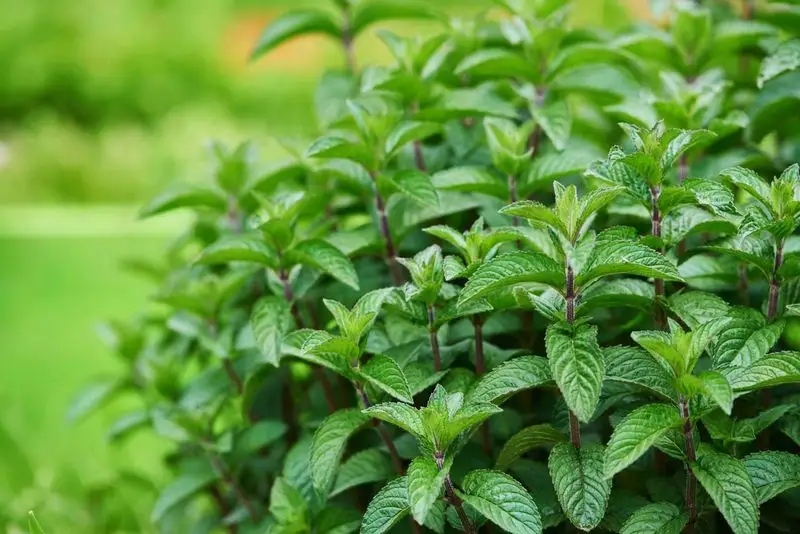
Mint, with its refreshing aroma, is a garden staple. Its robust nature makes it one of the easiest herbs to cultivate. Left unchecked, it can quickly overtake a garden bed, thriving in both sun and partial shade.
This perennial herb requires minimal care. Just ensure consistent moisture and it will reward you with lush growth. Mint’s versatility extends to culinary uses, perfect for teas, desserts, and more.
Fun fact: Historically, mint was used as a symbol of hospitality and was often scattered on floors to scent the air in ancient Roman dining halls.
Snake Plant
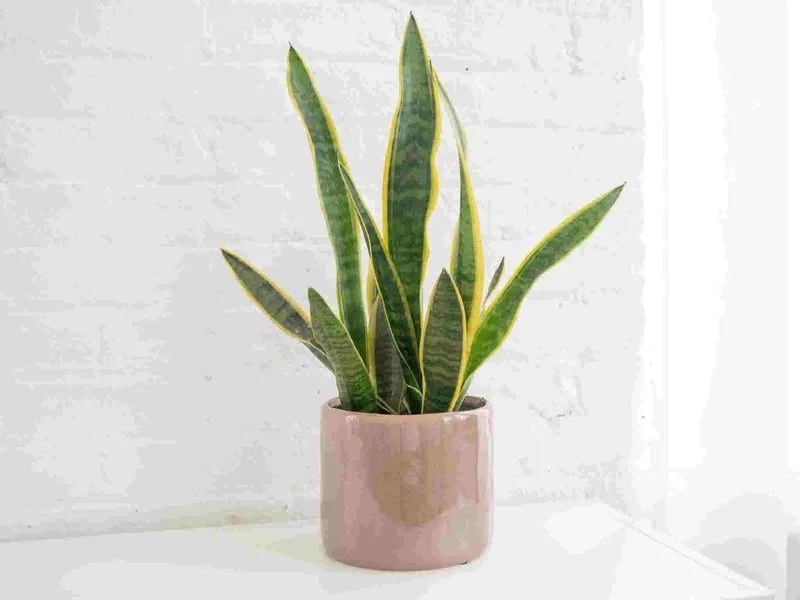
The snake plant, or “mother-in-law’s tongue,” is a striking addition to any space. Its architectural leaves make it visually appealing, while its care requirements are minimal.
This plant can tolerate a range of lighting conditions, from low light to full sun, and needs infrequent watering. It’s a hardy choice for busy individuals or those new to gardening. Additionally, it purifies the air by removing toxins, improving indoor air quality.
Interestingly, the snake plant is one of the few plants that release oxygen at night, making it ideal for bedrooms.
Marigold
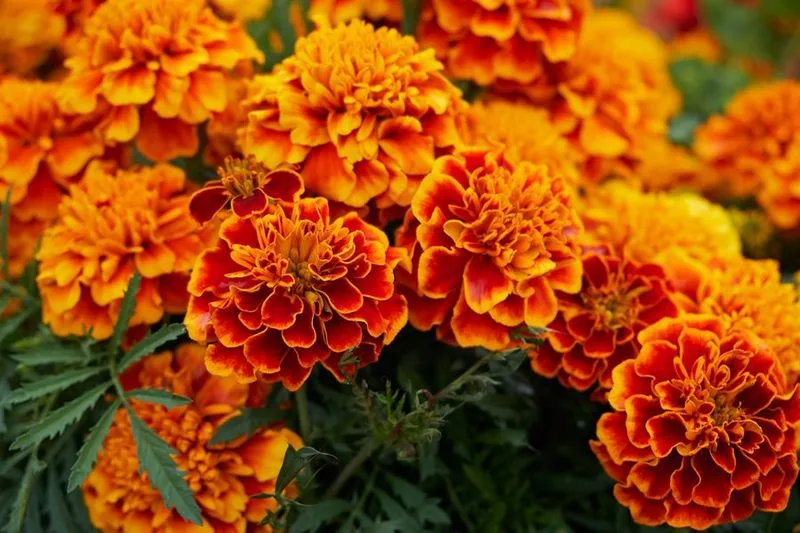
Marigolds are a burst of sunshine in any garden. These cheerful flowers are known for their bright colors and ease of growth. They thrive in sunny spots with well-draining soil.
Marigolds deter pests and attract beneficial insects, making them a valuable addition to vegetable gardens. They are often used in companion planting to protect crops. With regular deadheading, they bloom prolifically throughout the season.
Fun Fact: In some cultures, marigolds are used in religious and cultural celebrations, symbolizing the sun and positive energy.
Aloe Vera
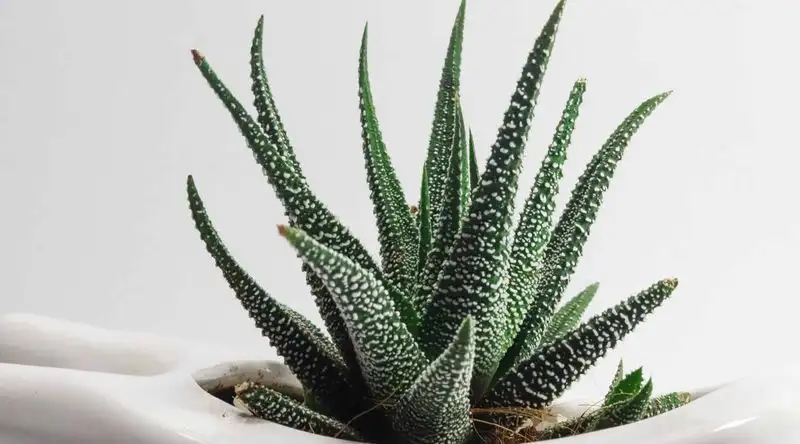
Aloe vera, the “plant of immortality,” is as useful as it is easy to grow. This succulent thrives on neglect, needing only well-draining soil and occasional watering. Its fleshy leaves store water, making it drought-tolerant.
Aloe is celebrated for its healing properties, particularly its soothing gel, used for burns and skin irritations. It’s a great choice for sunlit windowsills, adding both beauty and utility.
Fun Fact: Aloe vera has been used in herbal medicine for centuries, dating back to ancient Egypt where it was a symbol of protection and healing.
Radish
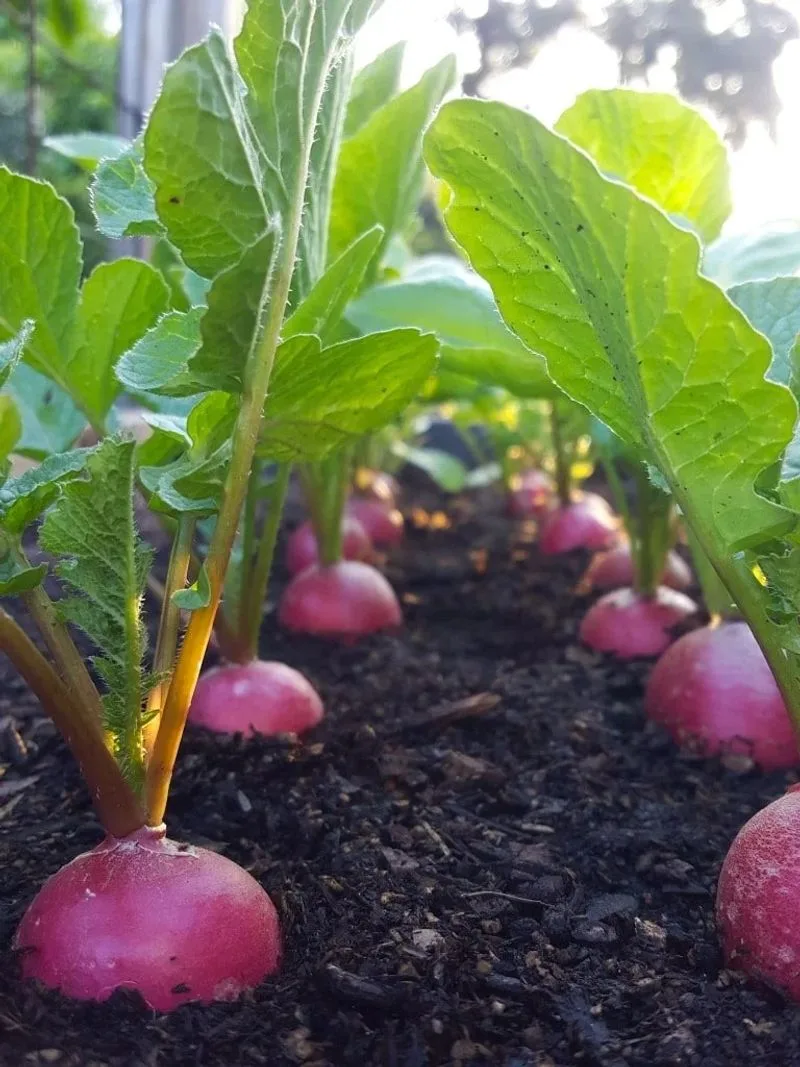
Radishes are a gardener’s quick reward. These root vegetables are one of the fastest to mature, often ready to harvest in just a few weeks. They thrive in cool seasons and require minimal care.
Sow radish seeds directly into the soil in early spring or fall for best results. Their peppery flavor adds a delightful crunch to salads. Radishes are not only easy to grow but also help break up soil, making them a great choice for new garden plots.
Did you know? Radishes were a staple in ancient Egyptian diets, providing nutrition and hydration.
Zucchini
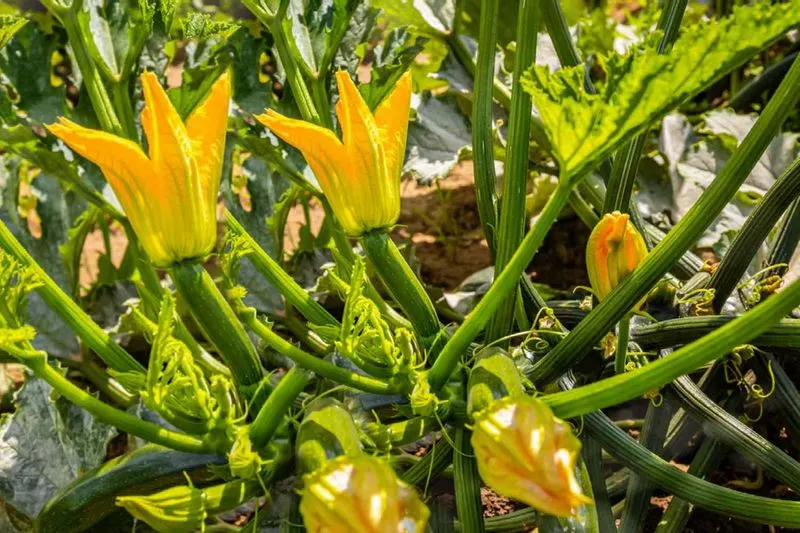
Zucchini is the star of summer gardens, known for its rapid growth and bountiful harvest. These plants require plenty of sunlight and space to sprawl. With regular watering and fertile soil, zucchini plants produce fruit abundantly.
Their versatility in the kitchen is unmatched, from grilled slices to moist zucchini bread. However, keep an eye on them, as zucchinis can grow quite large quickly.
Fun Fact: The largest zucchini on record was a whopping 69.5 inches long! They are believed to have originated in Central America, where they have been cultivated for thousands of years.
Orchid
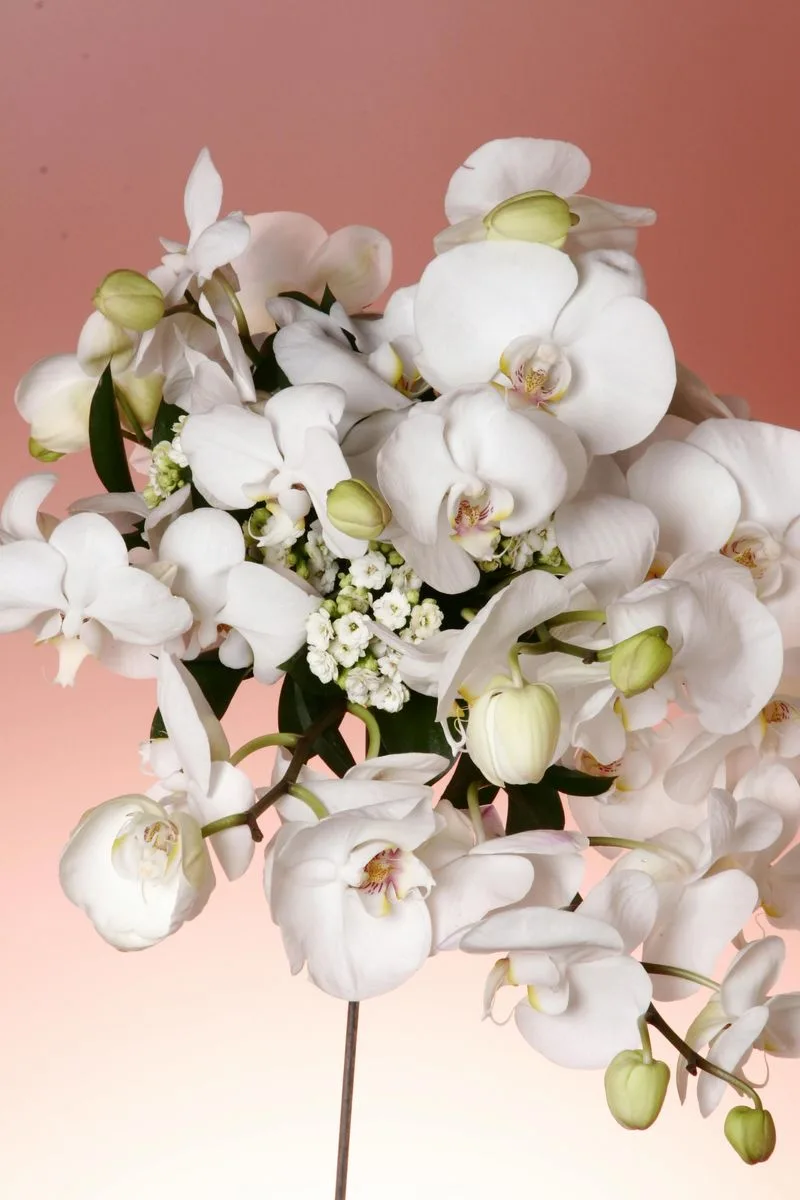
Orchids, with their exotic beauty, are a gardener’s challenge. Their intricate blooms captivate, but they require precise care. Orchids need specific lighting, humidity, and watering conditions.
Their roots must breathe, making overwatering a common mistake. Specialized orchid potting mixes help mimic their natural epiphytic environment. While they demand attention, the reward of a blooming orchid is unparalleled in its elegance.
Interesting fact: Orchids are one of the oldest flowering plants, with a history dating back millions of years, adding an ancient grandeur to their captivating presence.
Bonsai Tree
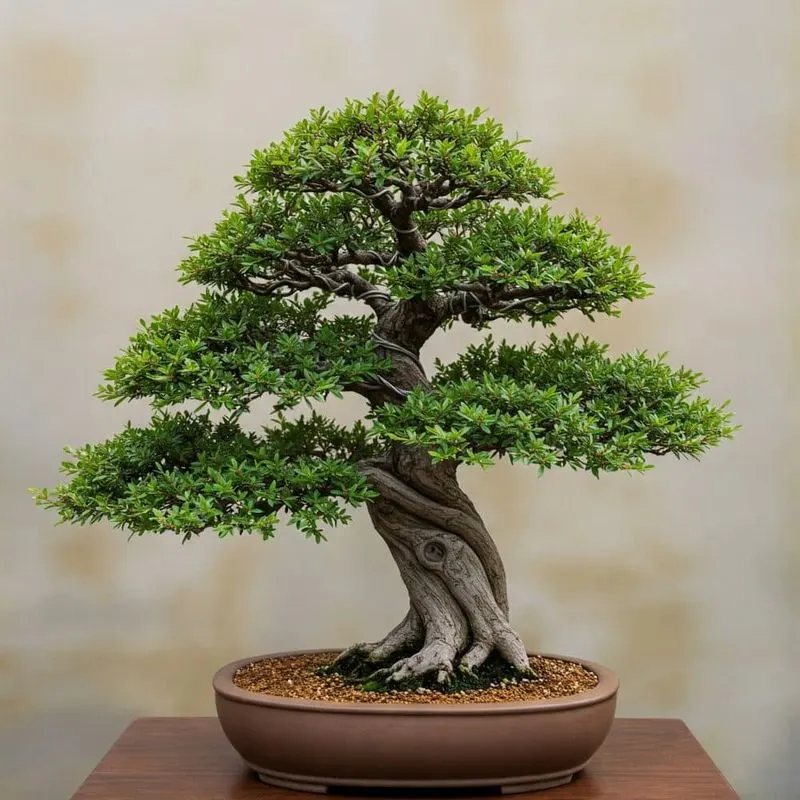
Bonsai trees, a testament to patience and artistry, are not for the faint-hearted. These miniature trees require careful pruning, wiring, and root management to maintain their form.
They demand consistent attention to detail, from watering schedules to sunlight exposure. The art of bonsai is a lifelong journey, rewarding those who dedicate time to mastering it. Each tree is a living sculpture, reflecting the gardener’s vision.
Did you know? The practice of bonsai dates back over a thousand years, originating in China before spreading to Japan and becoming a celebrated art form worldwide.
Gardenia
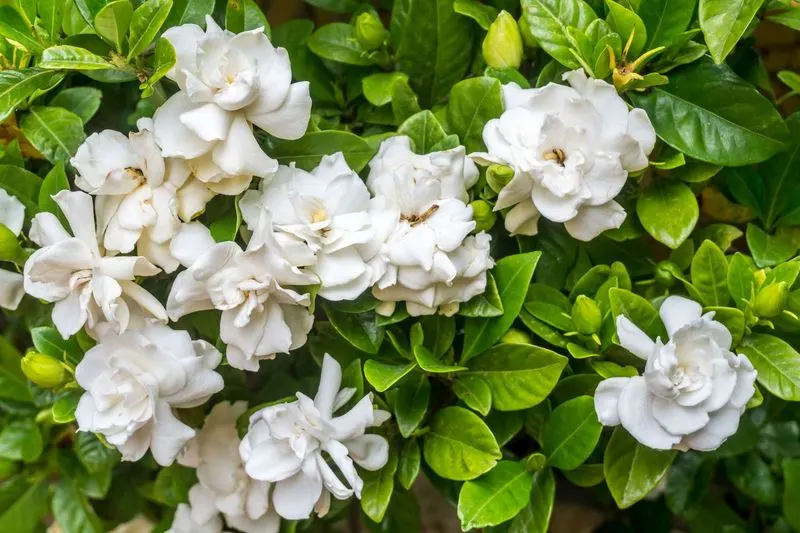
Gardenias, with their intoxicating fragrance, are a gardener’s dream yet challenging to cultivate. These southern beauties require acidic soil, consistent moisture, and high humidity to thrive.
They are sensitive to environmental changes, often dropping buds if conditions aren’t ideal. Gardenias demand attention to watering and feeding, rewarding gardeners with stunning, fragrant blooms.
Fun fact: In the Victorian language of flowers, gardenias represent secret love and joy, often used in bridal bouquets for their symbolism and beauty.
Azalea
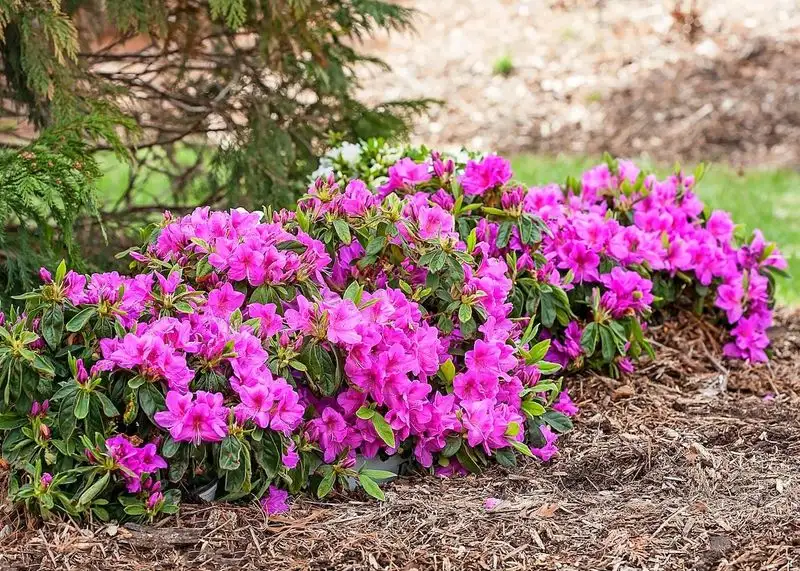
Azaleas are a spring spectacle, bursting into bloom with vivid colors. However, they can be finicky, requiring acidic soil and good drainage. Azaleas thrive in dappled shade, where they are protected from harsh sunlight.
Properly timed pruning is crucial to encourage next season’s flowers. Despite their needs, azaleas’ display of blooms is worth the effort, adding color and life to gardens.
Did you know? Azaleas are part of the rhododendron family and have been cultivated for centuries in Asia, valued for their beauty and adaptability in garden design.
Fiddle Leaf Fig
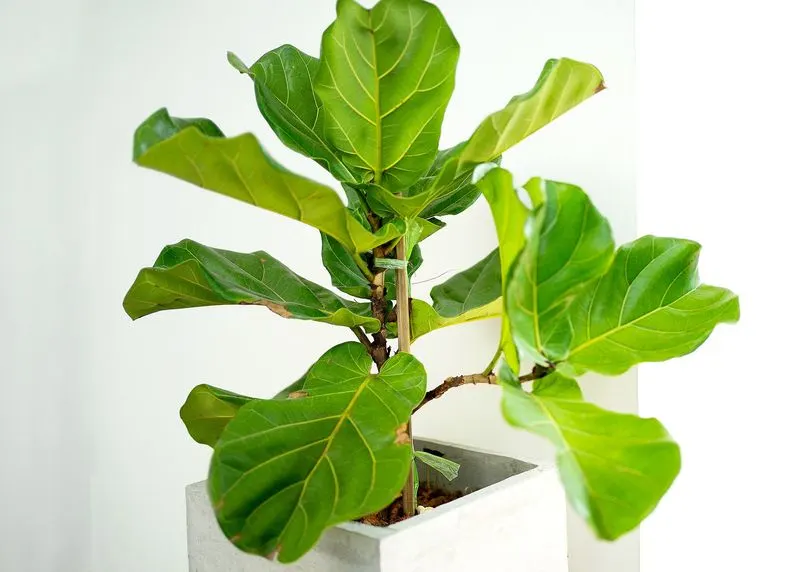
The fiddle leaf fig, a trendy houseplant, is notorious for its high maintenance. Its large, lush leaves demand bright, filtered light and precise watering.
Inconsistent care can lead to leaf drop or brown spots. This plant is sensitive to changes, requiring a stable environment to thrive. Despite its challenges, the fiddle leaf fig’s dramatic foliage makes it a popular choice for interiors.
Fun Fact: Native to West Africa, the fiddle leaf fig is known for its ability to grow up to 50 feet tall in its natural habitat, though it stays much smaller indoors.
Calathea
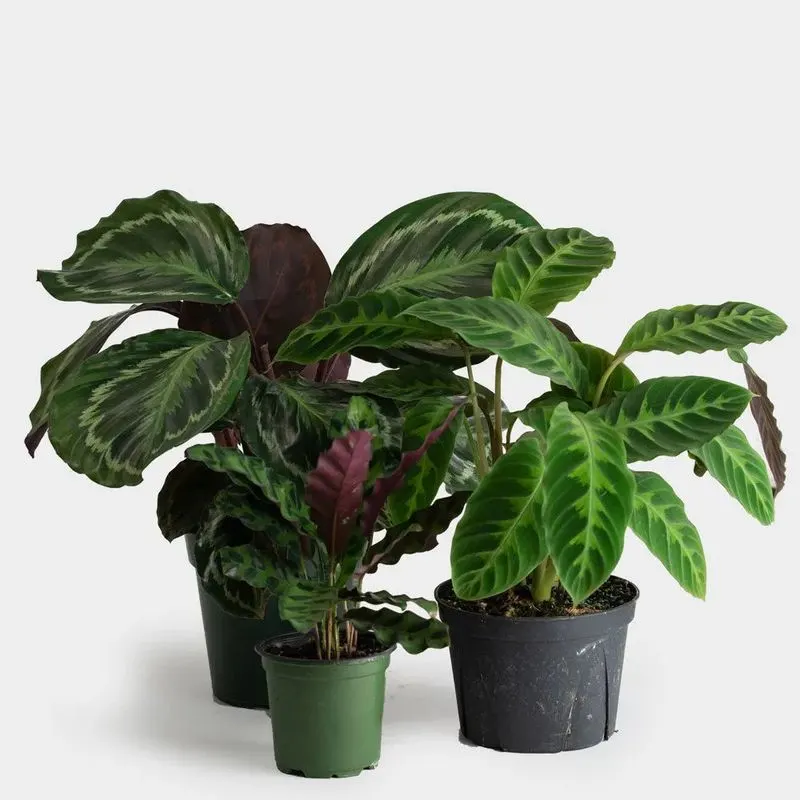
Calathea, known for its stunning leaf patterns, is both beautiful and demanding. It requires high humidity, indirect light, and consistent moisture.
Calathea’s leaves can be sensitive to tap water, often preferring rainwater or distilled water. Its leaves move in response to light, a phenomenon known as nyctinasty, adding an interactive element to its care.
Did you know? Calathea is often called the “prayer plant” for its leaves’ daily movement, which resembles hands folding in prayer. This unique characteristic adds allure to its already striking appearance.
Camellia
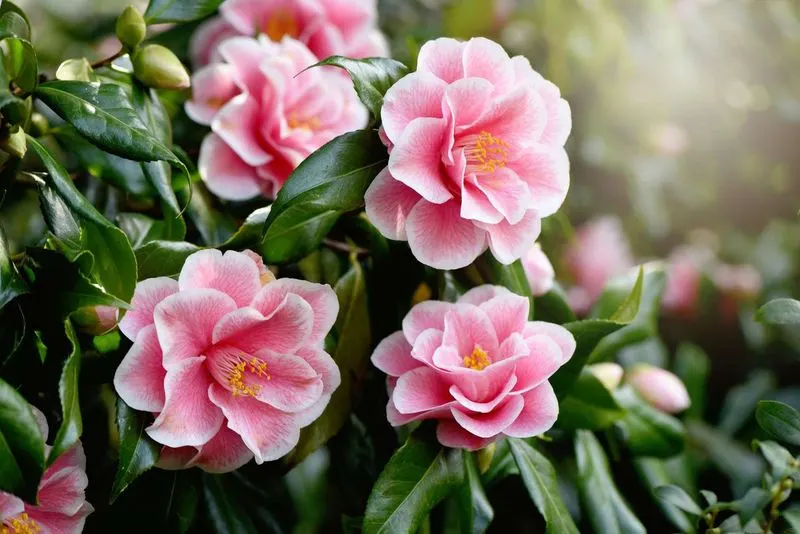
Camellias exude elegance with their glossy leaves and stunning blooms. Yet, they demand specific conditions to flourish. These plants prefer acidic, well-drained soil and dappled shade to full sun.
Camellias need protection from frost and require careful watering to avoid root rot. Their beauty makes them a cherished addition to gardens, offering flowers in late winter to spring.
Fun Fact: Camellias are native to Asia and have been cultivated for centuries for their beauty and use in tea production, particularly in China and Japan.
Rhododendron
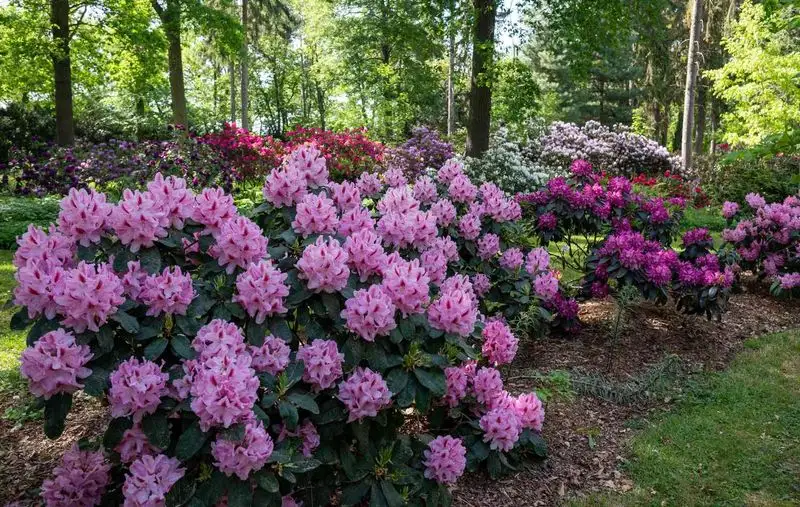
Rhododendrons, known for their large, vibrant blooms, require precise care. They thrive in acidic, well-drained soil and need protection from harsh winds.
These plants require regular feeding and careful pruning to maintain their shape and encourage blooming. While demanding, their spectacular floral displays are worth the effort.
Did you know? Rhododendrons have been around for millions of years and are native to regions ranging from the Himalayas to the Americas, adding a historical depth to their captivating blooms.

